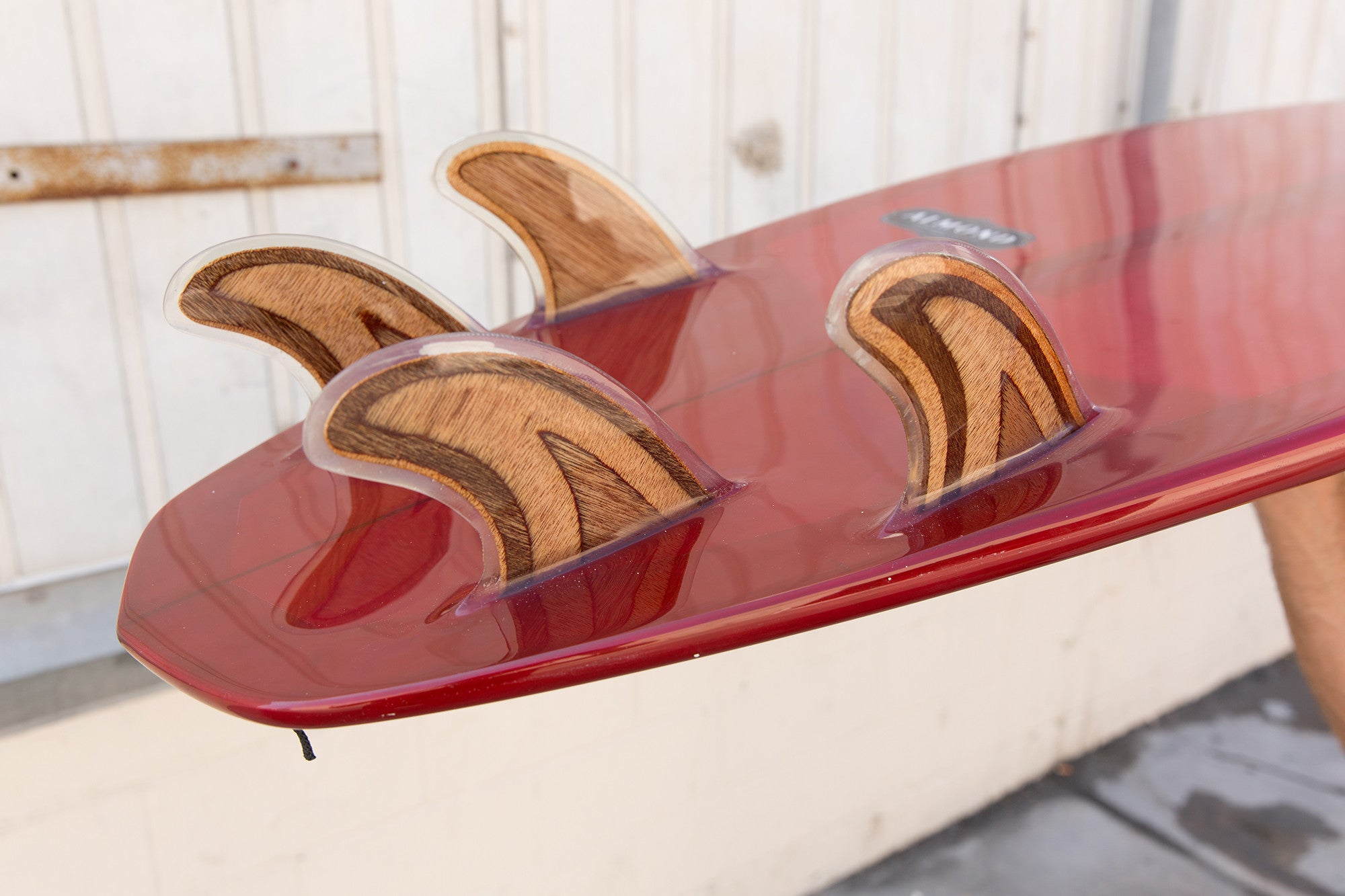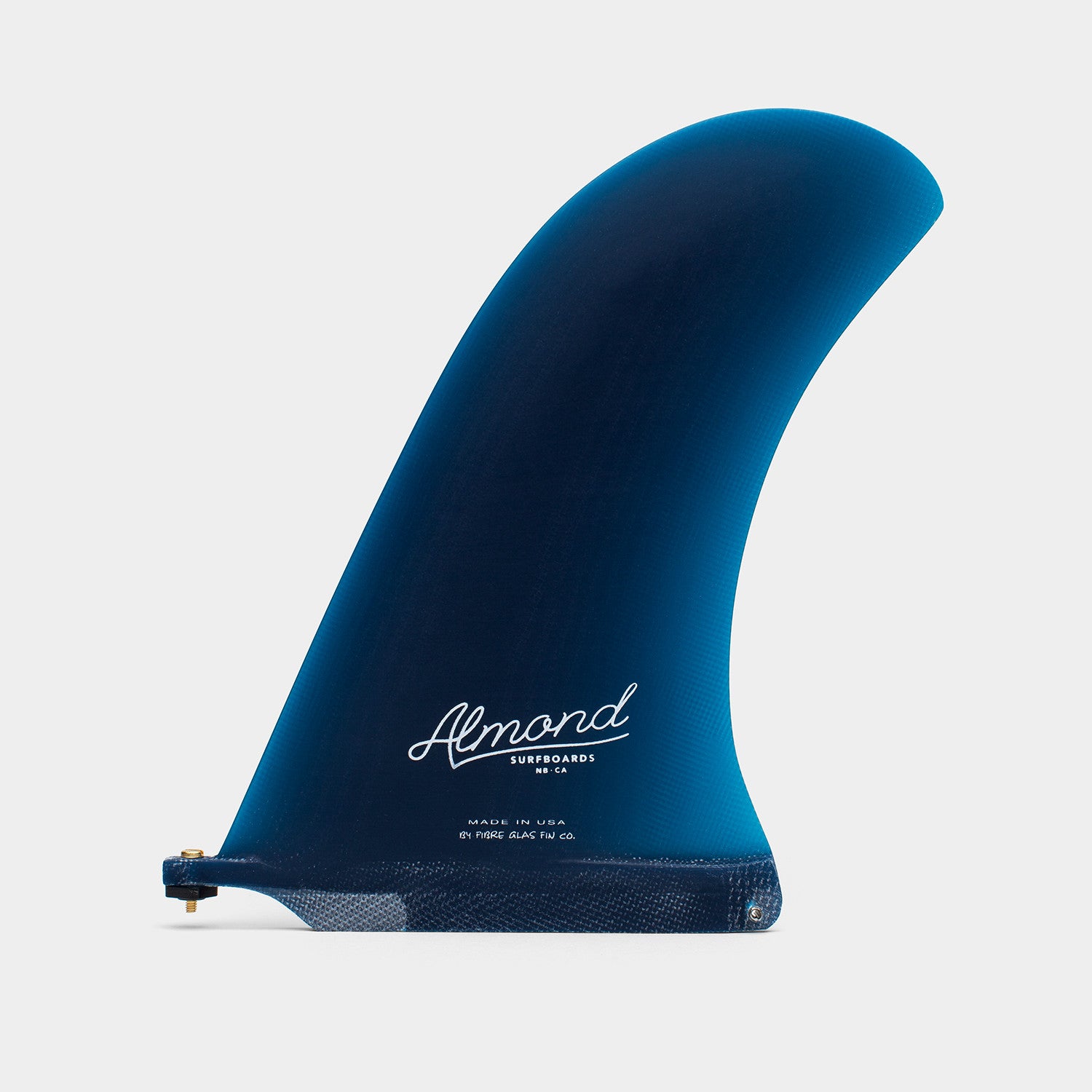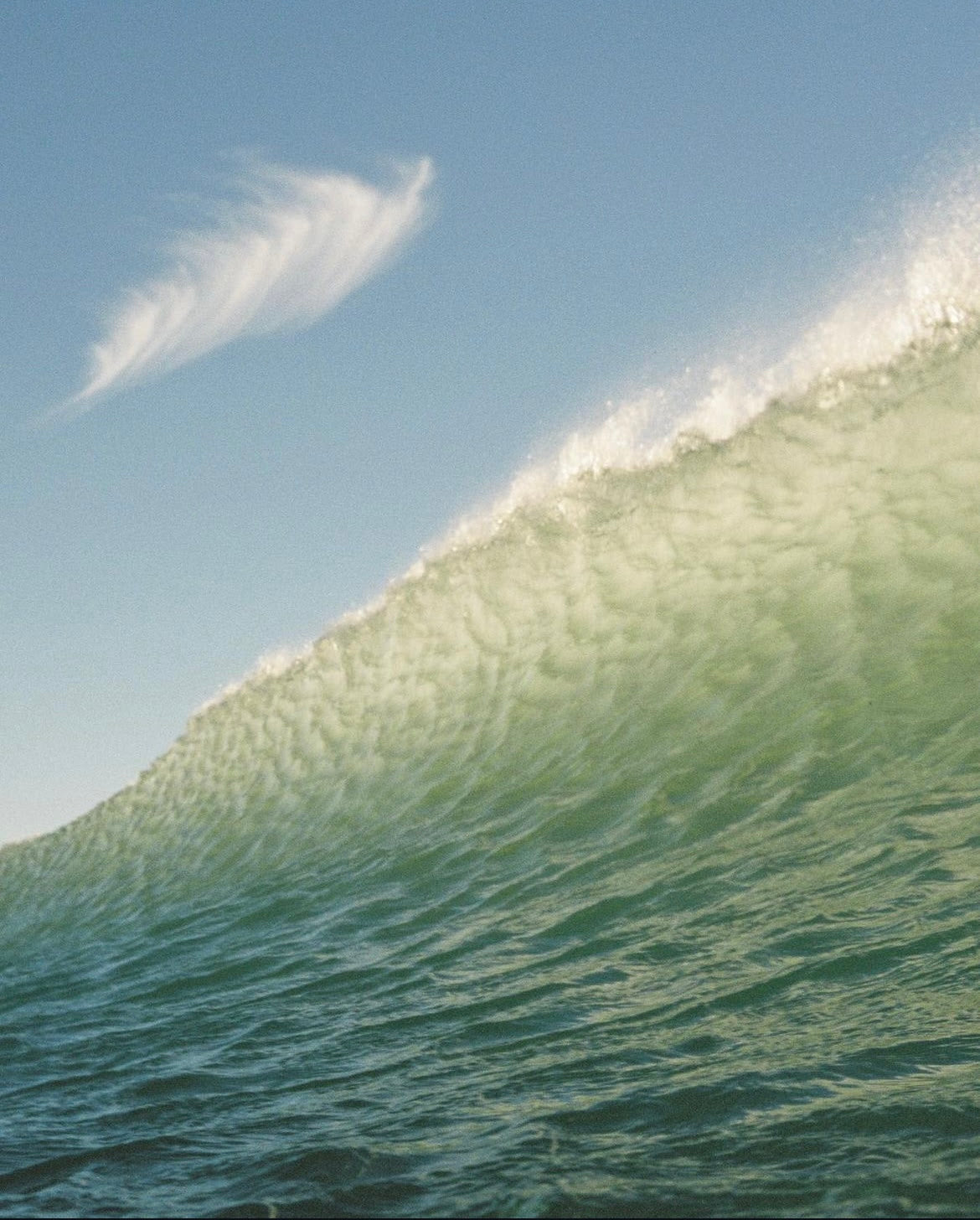The Parable of the Spoon

For the life of me, I can't recall who said it, but years ago I remember someone using the illustration of a spoon running under the faucet to explain concaves and convexes, as they relate to surfboards.
Concaves redirect water, and create lift in the process. If you run a spoon under the faucet you will see how the water shoots out of the bowl of the spoon.
This is why there is generally some type of concave, or combination of concaves in the tail of a surfboard, it gives the rider the ability to press against the water, either to generate speed, or redirect the board in the form of a turn.

You will also commonly find concaves in the nose of longboards, which provide lift (and a bit of bite) in the face of a wave. We have chosen to blend the nose concaves of our longboards, as we have found that a hard, defined edge to the concave is not necessarily required to create the desired lift. (The benefit of blending the nose concave is to create lift without inhibiting paddling speed and glide)
Convexes displace water, but create no lift. If you run a spoon upside-down under the faucet, you will see how the water follows the roll of the bottom of the spoon, and spills over the side. Although in written form, the difference might appear minor, the visual experiment carries a bit more clarity.
Surfboards that have roll or convex in the bottom displace water and quite literally suck the board down into the face of the wave. The best example of this is the displacement hull, which uses a rolled "hull" bottom to channel power from below the surface of the wave. This makes them extremely fast when surfed properly, but also a bit tricky for someone who is accustomed to riding surfboards with concave bottoms.
This might all sound quite elementary, but I bring this all up for two reasons:
1. The spoon thing actually looks pretty cool, you should try it.
2. This comes into play sometimes when people shape themselves a longboard.
There is a temptation to want to keep the rail line high in the nose, or "up-turn" the nose, for lack of a better term. The thinking is to turn up the rail line in the nose, to avoid pearling. But it's important to remember that the rocker will take care of that; and by turning up the rail line in the nose, you are actually creating a bit of a convex curve, which is sucking the nose down, rather than creating additional lift.
To create maximum lift from the rail in the nose (think about which part of the nose is actually in the water when noseriding; hint: it's not the whole thing) you want to keep that rail line low and round, to create lift, while allowing water to flow freely. In other words, no hard edges, but a low, round apex.
If that whole last bit didn't make sense, hold your spoon under the faucet and imagine which shape you want under your feet when noseriding.




